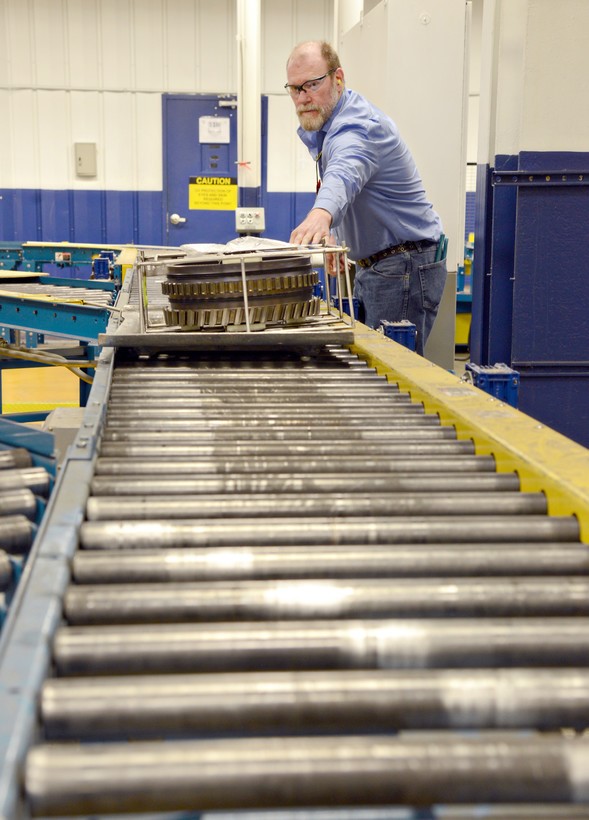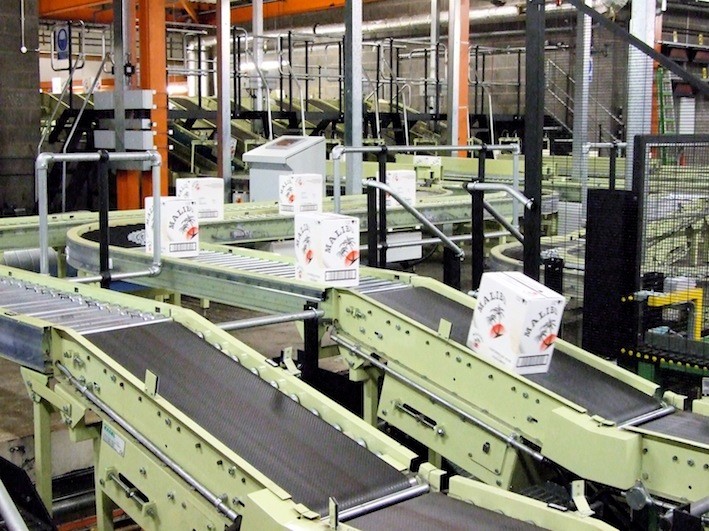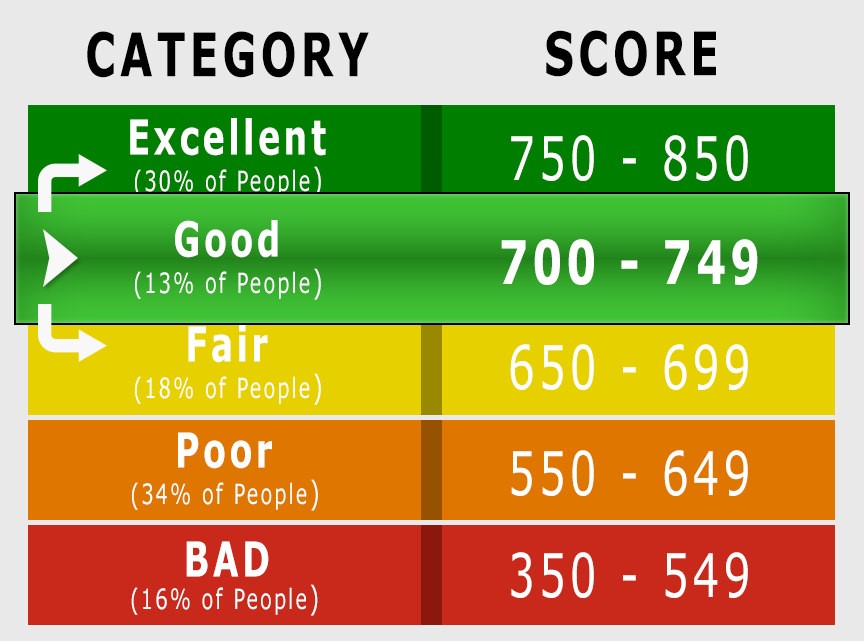Conveyor systems are essential to the smooth running of production lines, distribution facilities and more. But choosing the right conveyor is a must if you are to avoid problems and get the maximum return on investment.
Know Your Product
The key consideration in specifying any system is the product you are going to be handling. You need to consider not only its physical dimensions and weight but also how it’s packaged and the volume which you need to shift. Al of these factors will have a bearing on the type of conveyor you need, the motors that are used to power it and more.
Seeking Guidance
On mechanical conveyors there is usually a need for guide rails to prevent items from running off the system at curves, for example. However, these need to be planned carefully, taking into account the dimensions of the product, in order to avoid items getting jammed and bringing the conveyor to a halt.
The design of the rails themselves is important in order to ensure that products can’t become jammed on the rails or be damaged by them.
Space to Accumulate
Any materials handling system needs to allow for accumulation space. This is the room needed to stack up products if there is a glitch that means the system stops working. This is important because otherwise the system backs up and you may end up damaging fragile products as they collide or land on top of each other. This is generally less of a problem with vacuum conveying systems from suppliers like https://www.aptech.uk.com/pneumatic-conveying-systems/vacuum-conveying/, as they tend to deal with granular or powdered substances.
Cleaning Requirements
Keeping the conveyor clean isn’t too much of a problem in most environments. It does, however, need to be able to cope with spills without damage. In industries like food production and pharmaceuticals, though, you will need a system that is capable of being washed down to meet hygiene standards.
It’s important to check the specification of the system to see if it can withstand water pressure. You also need to know if it will be resistant to any chemicals which you may need to use for cleaning. Cleaning requirements may also affect the way the system is constructed, requiring smoothly welded joints, for example, rather than bolts or rivets that could provide a trap for dirt and germs.





